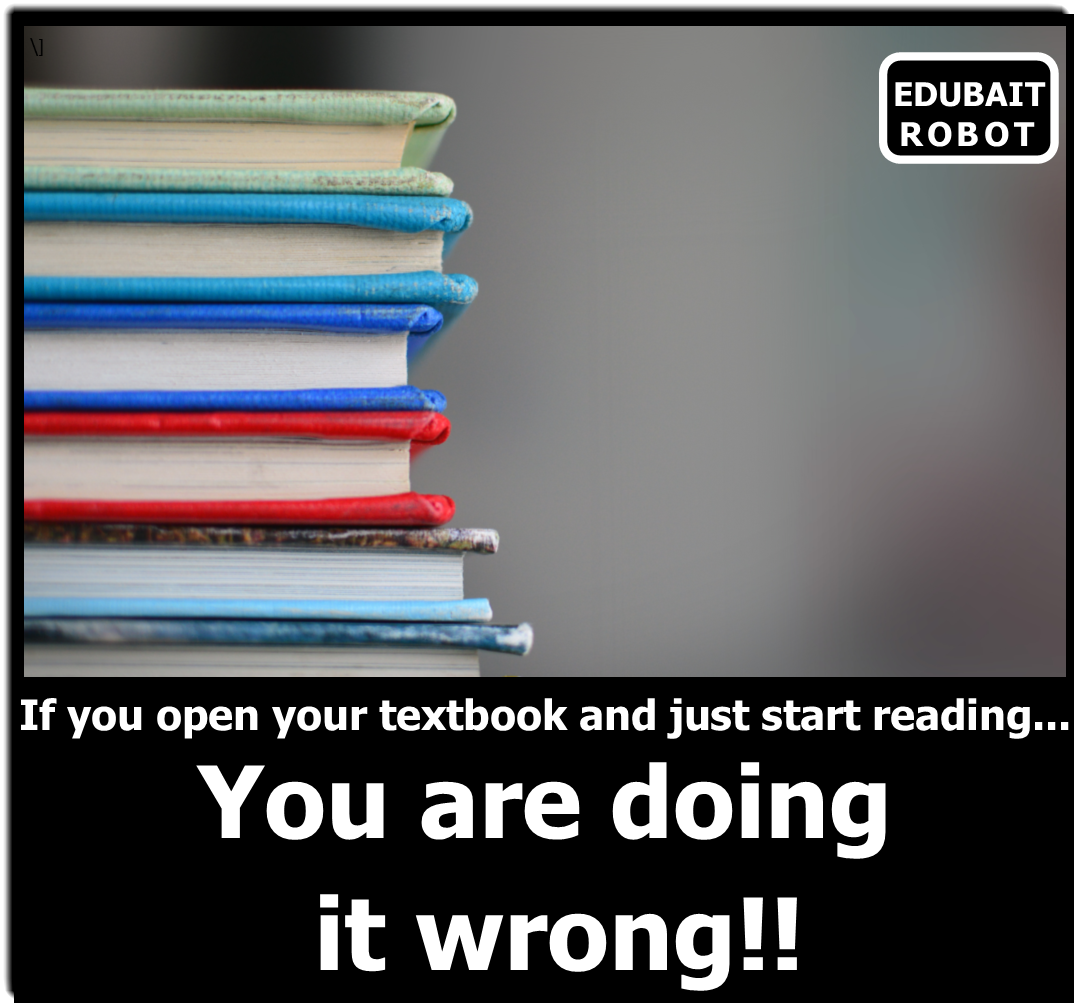All students come to us with a certain set of study skills but most don’t realize that there are a variety of ways to approach and interact with materials and learning experiences in an educational environment. When students have struggles with their learning, often they do more of the same rather than trying something new; usually because they don’t know that there is something new to try. For students with learning disabilities, Learning Strategists are the best source of new ideas.
Students with learning disabilities, in particular, benefit from explicit instruction in strategies that mitigate the challenges in the education environment that their learning disability presents. But like many enhancements in our environment that we have made for persons with disabilities like automatic doors which help persons without disabilities as well, learning strategies can help all students. Here’s a couple of examples:
Two Finger Reading: If you are reading a textbook and come across a figure or chart, use two finger reading. Before reading the full text in the chapter about the figure, read the text beneath the figure. This often is a brief summary of the material presented and can provide a quick overview of the big picture. Place one finger of one hand on the figure. Place one finger of the other hand on the text in the chapter. This will help you keep your place in the text and on the figure as you move your attention between the two. Read a chunk of the full text that describes or explains the figure. Then shift your attention to the figure and trace the area of the figure that the text described. When you have reviewed that section of the figure, return to read another chuck of the full text. For more on reading see my previous post.
3 + 3 + 3 In Class: This strategy is to help shift your focus to the class that is beginning and prepare for new information as well as close a class before you leave. It involves taking three minutes before the class begins and 3 minutes at the end of class before you leave. Before start of class, take three minutes and quickly review the material presented in the last class. Scan your notes or other materials to remind yourself of what has come before. This can help you build connections between information presented from one class to the next and it wakes up your brain so that it is ready to receive new information. At the end of class, before you pack up and leave, take three minutes to quickly review the notes you have just taken and make a list of three concepts or ideas that were most important TO YOU. A quick review, coupled with decision making and writing down your list can help make the information more meaningful to you and increase the movement of information between short-term and long term memory.
While learning strategies and study skill instruction can help all students, for students with disabilities, working with a Learning Strategist allows for the exploration of strategies tailored to their particular learning needs. It can take some trial and error to find the method that matches the student, but the effort can mean the difference between struggling needlessly and making the most of a student’s finite study time.





